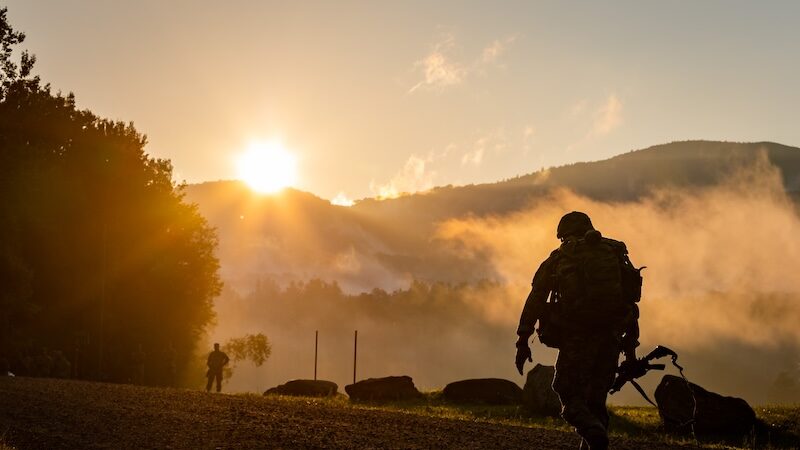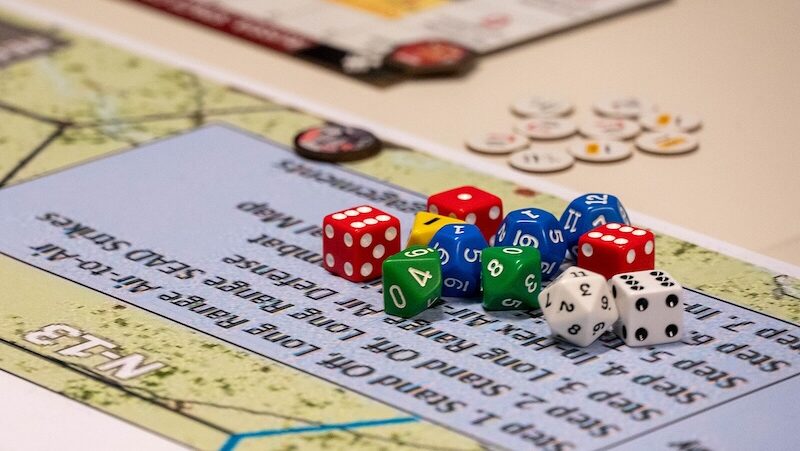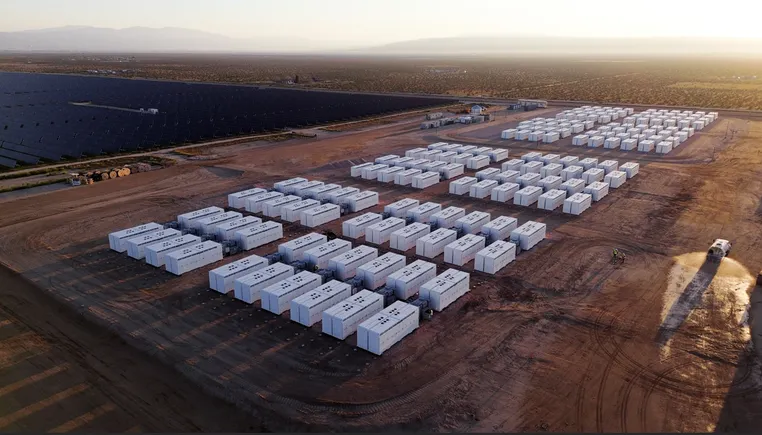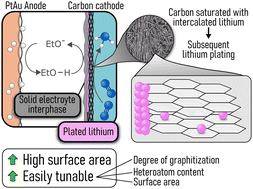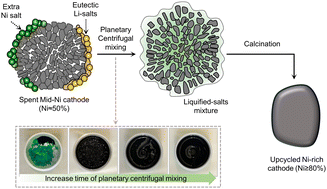California’s White Wines Still Reign Supreme
The Golden State may be best known for big reds, but California white wines are also unmatched. [...] Read More... The post California’s White Wines Still Reign Supreme appeared first on Wine Enthusiast.
With abundant sunshine and warm weather, most of California exudes an endless summer vibe that’s the envy of many outside its borders. And along with such a bountiful climate comes a jaw-dropping array of grapes that produce some of the world’s best wines.
Throughout the past few decades, preferences have been cast for California’s prime varieties. When it comes to the best California white wines, Chardonnay, Sauvignon Blanc and Pinot Gris or Grigio have emerged as the state’s superstars. These grapes have yielded breathtaking bottlings and catapulted California’s vinous reputation to a level that rivals those of classic European regions with eons of winemaking history and experience.
Here’s why.
Chardonnay: The Versatile Workhorse
Chardonnay first appeared in California viticultural reports from the 1880s as “Pinot Chardonnay.” A century or so later, soon after Chateau Montelena Winery wowed the world at the historic 1976 Judgment of Paris competition, American consumers would crown the grape as queen of California. And today, despite stylistic swings from lean to rich to racy, the rise of an “Anything But Chardonnay” (ABC) revolution and increased interest in alternative white wine grapes, Chardonnay still shows no signs of relinquishing that throne.
From the cool coast and the warm Central Valley up through the Sierra Foothills, there are more than 85,000 acres planted to Chardonnay.
The dominant Chardonnay regions are Sonoma County, particularly the Russian River Valley and Sonoma Coast, and the Central Coast, which includes Monterey County, Edna Valley in San Luis Obispo County and Santa Barbara County, home to the Sta. Rita Hills and Santa Maria Valley.
These AVAs produce a wide variety of bottlings that highlight the grape’s versatility. For example, to make Kendall-Jackson statewide Vintner’s Reserve cuvée, each region brings something unique to the final blend. “It’s just cool, coastal fruit,” says Randy Ullom, head winemaker for Kendall-Jackson.
From Mendocino, he gets crisp green apple, while from Sonoma and the Russian River Valley, more ripe red-apple tones are apparent.
Carneros presents more pear and some viscosity, says Ullom, and Monterey imparts lemon and lime notes, while Edna Valley and Santa Barbara provide huge bursts of tropical flavor. The Santa Maria Valley delivers more viscosity, he adds.
Varying vinification techniques further increase a diversity in styles.
While the state became synonymous with the oaky, buttery Chardonnays that rose in popularity in the early 1990s—which are still readily available—the overriding trend of the moment is a move toward freshness, with higher acidity and lower alcohol.
“In the development of Chardonnay in California since [my first vintage in] 1978, I’ve seen two things,” says David Ramey of Ramey Wine Cellars in Sonoma. “One is a march to the coast. People came to realize that Chardonnay made better-tasting wine in cooler climates. The other is the rise of the Burgundian method.”
Most modern winemakers proclaim an affinity for classic Burgundian techniques, such as harvesting while grapes are a little less ripe, fermenting in barrels with native yeasts, aging on lees and allowing full malolactic fermentation.
Greg Brewer appreciates both rich and lean expressions of the grape. He makes bolder Chardonnay for Brewer-Clifton and stripped-down versions for Diatom, both labels he co-founded and for which he serves as winemaker, but he believes that the grape’s staying power and broad likability is due to its “varietal humility.”
“I see it as a skeletal thing, an empty canvas,” says Brewer. “All of the aesthetics are beautiful, if people see them that way.”
Wine Enthusiast recommends:
Samuel Louis Smith 2023 Spear Vineyard Chardonnay (Sta. Rita Hills)
Clean and austere aromas of seared lemon and delicate honey meet with subtly tropical hints of ginger and lemongrass on the dynamic nose of this bottling. The palate is tense and vibrant, showing waves of white melon and Asian pear as the vivid acidity pushes deep into the finish. 96 Points — Matt Kettmann $50 Samuel Louis Smith
Sangiacomo 2022 Four Siblings Chardonnay (Sonoma Coast)
The captivating nose of this wine expresses aromas of Anjou pear, honeycomb, marzipan and white flower. On the palate, a kaleidoscope of fresh Golden Delicious apple, pear and Rainier cherry flavors come with a subtle kiss of fresh sage and thyme. A very long finish dances between plush acidity and aromatic intensity. Editor’s Choice. 96 Points — Tom R. Capo $70 Sangiacomo
Williams Selyem 2022 Olivet Lane Chardonnay (Russian River Valley)
Big tropical vibes happening on the nose of this vibrant Chardonnay. Aromas of pineapple, mango and mixed citrus explode from the glass, while the palate brings flavors of apple, spiced pear and slate across a plush midpalate and a long, cinnamon scented finish. Editor’s Choice. 95 Points — T.C. $105 Total Wine & More
Sauvignon Blanc: The Vibrant Vanguard
Sauvignon Blanc was first planted in California in the Livermore Valley in the 19th century. Today, there are more than 17,000 acres devoted to it, making it the third most planted white in the Golden State after Chardonnay and Pinot Gris/Grigio.
Sonoma is home to the most Sauvignon Blanc in California, at 2,949 acres, according to 2024 California Agricultural Statistics Service data. While it is grown all across the coastal county, the best examples of varietal tend to hail from the Alexander, Dry Creek and Russian River Valleys.
Lake County is another significant player, with nearly 2,500 acres under vine.
Across regions and producers, the grape takes on an array of styles that are similar to other regions, from New Zealand to France’s Loire Valley or Bordeaux.
There are just 816 acres of Sauvignon Blanc planted in all of Santa Barbara County—even fewer in the 72 square miles that make up Santa Ynez Valley. Yet that small slice of land has become a hotbed for Bordeaux-style bottlings of the beloved grape.
Kathy Joseph, winemaker and proprietor of Fiddlehead Cellars and Fiddlestix Vineyard, moved to Santa Barbara County in 1989 with the goal of making great Sauvignon Blanc.
“Santa Ynez Valley has this unique east-west orientation, with water to the west and the south,” says Joseph. “Inland areas that are warm by day are predictably cool at night as the fog rolls in over the mountains—hence, it is a magnificent district for Bordeaux varieties.”
Similar French-inspired versions are made in Napa, too, the county with the second-highest number of plantings in the state. Rather than the ripe tropical fruit notes found down in the Central Coast, the Napa Valleys crisp Sauvy Bs tend to be a bit greener with notes like white peach, grapefruit and honeydew.
This ability to adapt to and express the local terroir is why longtime Napa Valley Sauvignon Blanc producer Robin Lail of Lail Vineyards says, “I love this variety: it has so much to bring to the table. I love the differentiation. There’s no proper way to make Sauvignon Blanc. It’s just meant to sing its own song.”
Wine Enthusiast recommends:
Stags’ Leap Winery 2023 Sauvignon Blanc (Napa Valley)
Aromatic and flavorful, this Sauvignon Blanc offers a refreshing lift of crisp nectarines, tropical fruits and a squeeze of pert citrus through a textural and mouthwatering finish. 90 Points — Elaine Chukan Brown $36 Wine.com
Langtry 2023 Lillie’s Vineyard Sauvignon Blanc (Guenoc Valley)
Pinot Gris/Grigio: The Magnificent Mutant
Pinot Gris, a.k.a Pinot Grigio, is a crazy, mixed-up grape variety in many ways. That starts with its tendency to mutate in the vineyard and continues with its twin names and diverse styles.
Despite the incongruities, this late-comer to California has grown at a faster rate than any other leading wine type in recent years.
California vineyards yielded about 79,000 tons of Pinot Gris/Grigio in 2007, according to the state’s annual Grape Crush Report. By 2017, it had more than tripled to just over 252,000 tons, the equivalent of around 15 million cases—before dropping down slightly to around 234,000 tons in 2023.
“Pinot Gris has citrus, lemon-lime, sometimes kiwi, maybe even a touch of baked apple, but it’s real bright and super attractive,” says Nicole Hitchcock, winemaker at J Vineyards & Winery in Sonoma County. “I personally drink it all year. It’s the house white at our home, no oak, and nothing that makes it a little more difficult to pair with food.”
The wine’s attributes can vary, and so can the use of Gris or Grigio on the bottle. Those labeled Pinot Grigio are more common on supermarket shelves. Inspired by Italian versions and made primarily from Central Valley grapes, value-priced Grigios are crisp and clean at their best. At their worst, they’re virtually colorless, flavorless and acid-less.
Typically, the highest-rated wines from this versatile variety are small-production offerings from select clones grown in cool coastal regions. They’re also often labeled as Gris, inspired by the wines of Alsace in France.
Wherever they grow, Pinot Gris/Grigio grapes appear pinkish-brown or copper-gray in color, and naturally create rosé wines without intervention by winemakers.
Back when she was co-winemaker of Donkey & Goat Winery, Tracey Brandt opted to macerate the grape for extra depth, chewiness and deep color. “The idea,” she told Wine Enthusiast, was “to coax out the more savory, mineral elements in the wine. Pinot Gris that’s direct-pressed is delicious and aromatically powerful, but it’s just a little bit too pretty for what I am looking for.”
So, if you’re looking for refreshment and value, California has dozens of decent Pinot Grigios from which to choose. But if you seek something deeper, more aromatic and intricate, you’re more likely to find a winning combination—or perhaps mutation—in a Gris.
Wine Enthusiast recommends:
Meadowcroft 2023 Nelson Ranch Pinot Gris (Mendocino)
This wine is bright, zippy with aromas of citrus blossoms, fresh herbs, and notes of acacia honey on the nose. The flavors on the palate are White peach, apricot, orange peel, fennel intertwined with mineral, and a long dry briny finish. Pair with Fresh Caught Red Snapper. 93 Points — T.P. $28 Napa Valley Winery Exchange
Donkey & Goat 2022 Ramato Pinot Gris (Anderson Valley)
This wine is lively, lifted with aromas of dried orange blossom, dried peach, pink grapefruit, dried herbs and mineral on the nose. Flavors of orange rind, cantaloupe and grapefruit zest glide into coriander, mineral and a long, supple finish. Pair with kampachi crudo. 92 Points — T.P. $31 Total Wine & More
More White Wine Coverage
- Clean and consistent or frisky and feral: sparkling wine and pét nat square off.
- And how does Sauvignon Blanc compete against Chardonnay? We investigate.
- Or what about Pinot Grigio vs. Sauvignon Blanc? Check out this battle of the easy-going white wines.
- Meet Gouais Blanc, the “Cassanova” of cultivars that is behind many of your favorite varietals.
- Explore aromatic white wines from California’s central coast.
- Furmint, the Hungarian white grape, is often used in sweet wines, but its dry side is equally alluring.

From the Shop
Find Your Wine a Home
Our selection of white wine glasses is the best way to enjoy the wine’s subtle aromas and bright flavors.
The post California’s White Wines Still Reign Supreme appeared first on Wine Enthusiast.






















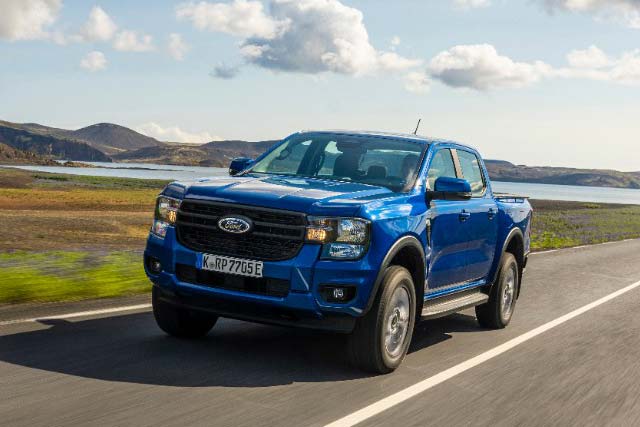



















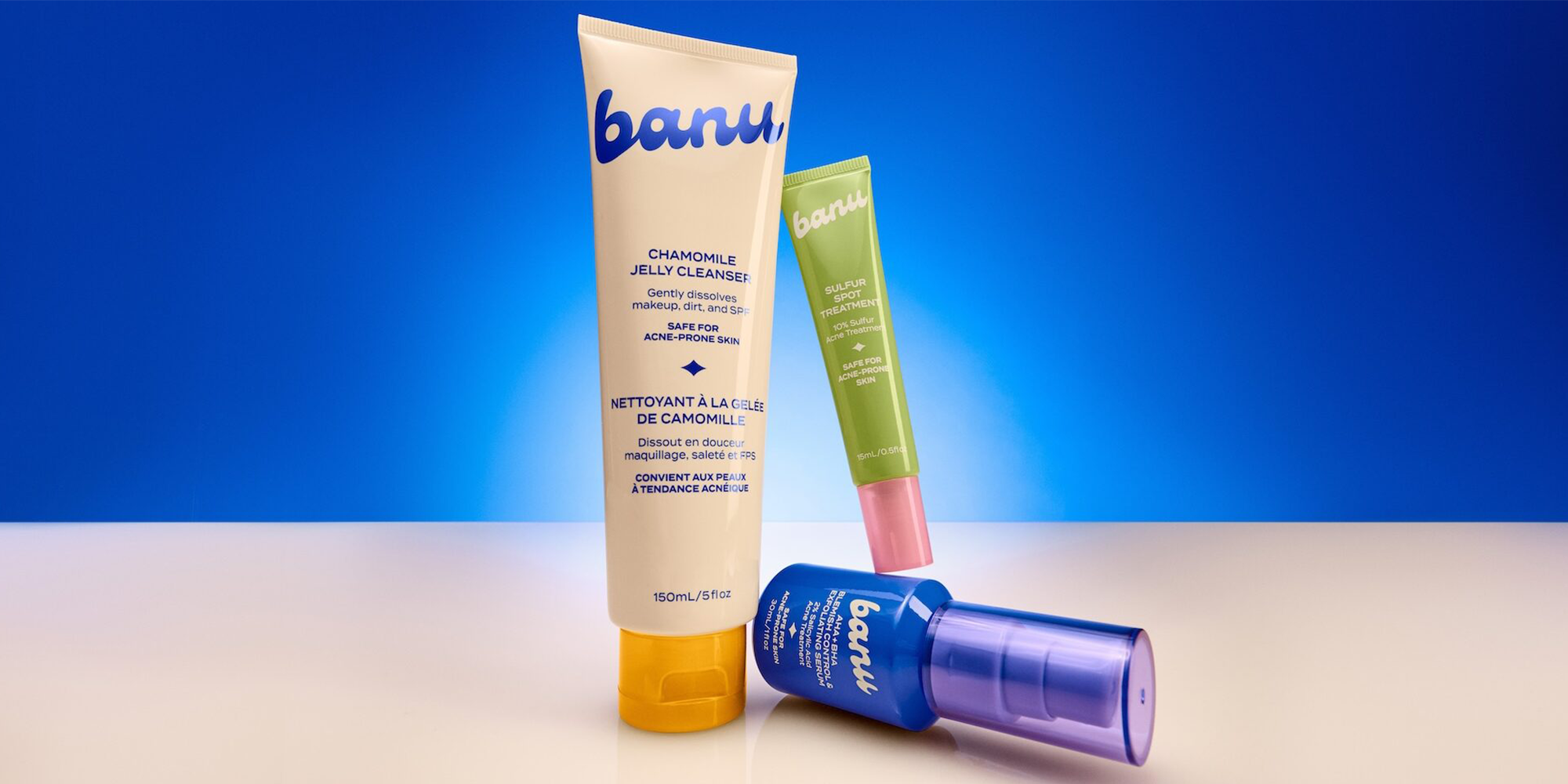














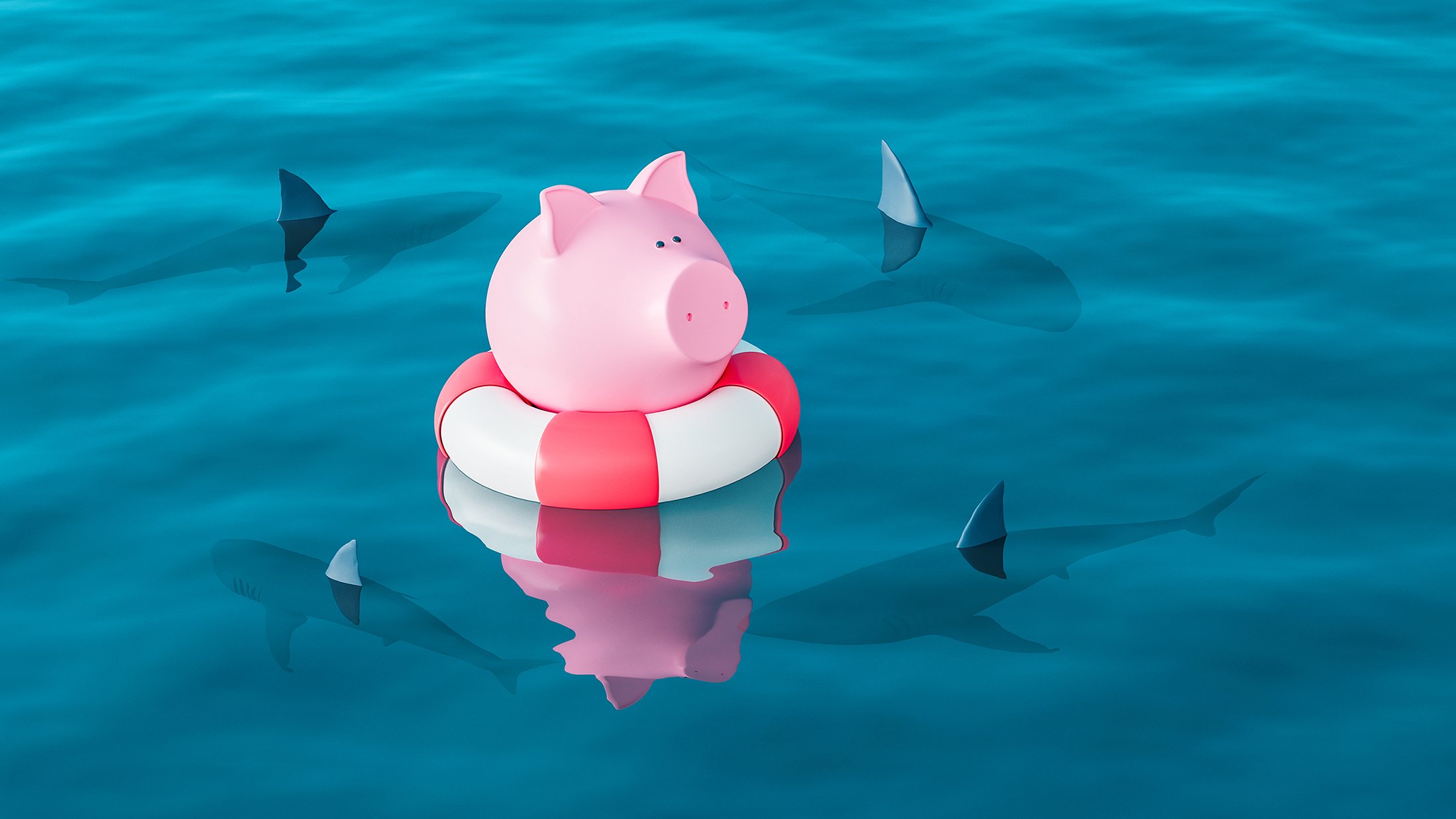



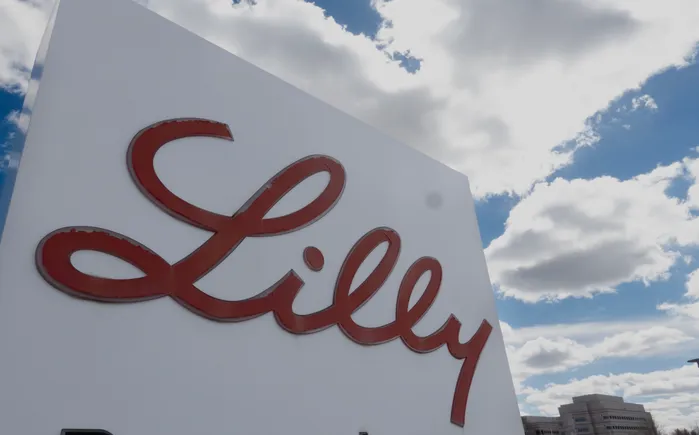



































![[Updated] U.S. Air Force Mobilizes F-22s and F-35s as Situation in Middle East Escalates](https://theaviationist.com/wp-content/uploads/2025/06/F-22_F-35_CENTCOM-top.jpg)

![[Updated] Sudden Deployment of Dozens of U.S. Air Force Tankers Raises Questions](https://theaviationist.com/wp-content/uploads/2025/03/Stratotanker100Years_2-e1750080240327.jpg)




